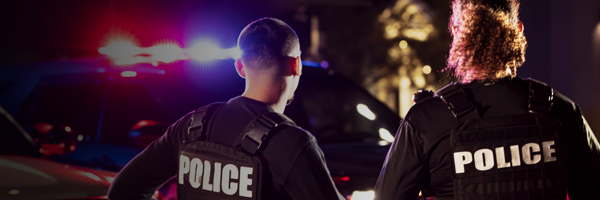In re B.M., 2018 (Cal. 2018)
A juvenile, B.M., returned home to find the locks changed on the front door. When no one answered the door, she entered through a window. Angry at her older sister for ignoring her at the door, B.M. threw a phone at her and then went to the kitchen and grabbed a butter knife from the counter. The sister wrapped herself in a blanket and curled up on her bed.
B.M. made several slicing motions near her sister’s legs. The sister testified the knife hit her blanketed legs “a few” times with moderate pressure. B.M. testified she only wanted to scare her sister but didn’t intend to stab or harm her.
Rather, the court observed the analysis of whether an item is a deadly weapon involves not only consideration of whether an object is capable of causing serious bodily injury, but also whether the use of the object was “likely to produce death or great bodily injury.”
Police arrived and arrested B.M. for assault with a deadly weapon. The juvenile court determined B.M. had committed a felony assault. The Court of Appeal affirmed, reasoning a butter knife could be used for stabbing and slicing and the evidence supported B.M. used the butter knife in a manner capable of causing serious bodily injury. B.M. appealed and the California Supreme Court reversed.
The court did not wholly reject the notion that a butter knife could be a deadly weapon. Rather, the court observed the analysis of whether an item is a deadly weapon involves not only consideration of whether an object is capable of causing serious bodily injury, but also whether the use of the object was “likely to produce death or great bodily injury.” The court further observed, “although it is inappropriate to consider how the object could have been used as opposed to how it was actually used, it is appropriate in the deadly weapon inquiry to consider what harm could have resulted from the way the object was actually used.”
If B.M. had assaulted her sister in her face or other vulnerable area, or with greater force and repeated thrusts or slices, the act could have constituted assault with a deadly weapon. The lesson: Officers investigating an assault with any weapon other than a firearm or other obvious deadly weapon should take pains to document the manner in which the object was used in the assault, as well as the resulting injuries.



